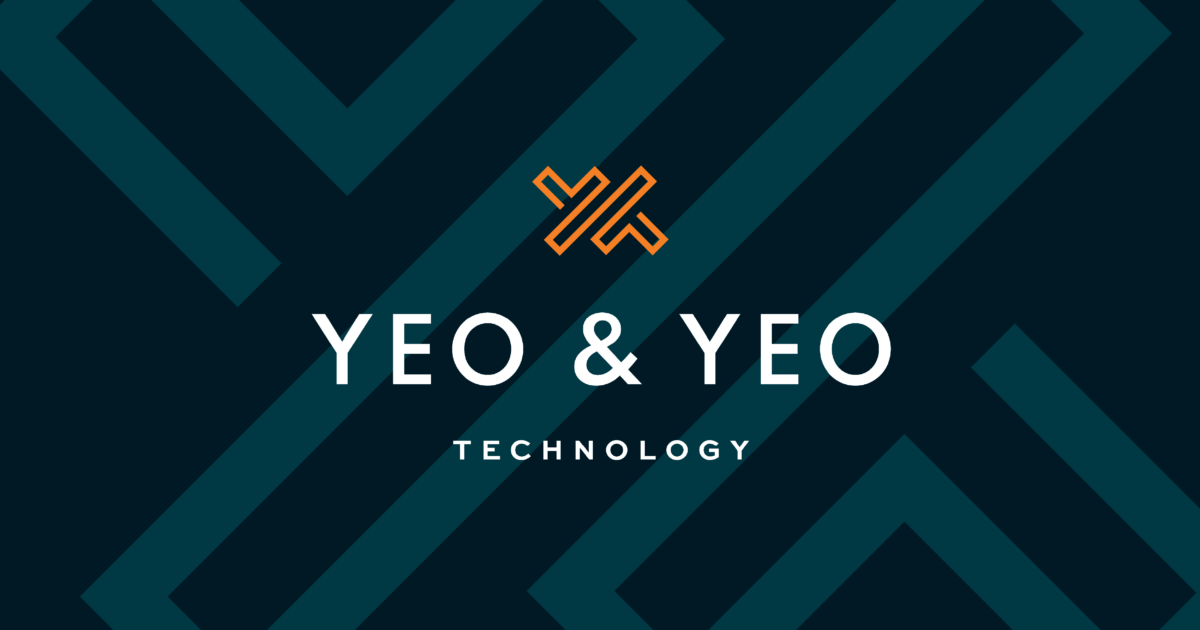
Protect your business from these cybersecurity threats in 2024
The consequences of a successful cyberattack can be utterly catastrophic, both in terms of financial losses and damage to your business’s reputation. And cyber threats are not just becoming more common; they’re evolving fast. Your business’s cybersecurity has never been more crucial.
You might be wondering what 2024 may have in store for us on the cyber front. Here’s our view on the major threats to be aware of next year.
Ransomware: Ransomware is everywhere and is only becoming more prevalent with machine learning and artificial intelligence.
The Internet of Things: Think your TV, doorbell, and refrigerator. Unfortunately, many of these gadgets do not have the best security. Cybercriminals can use them to get into your network, link devices together to form a botnet (where lots of computers are used to attack others), or, in the worst-case scenario, wreak havoc in critical sectors.
Mobile devices: Expect to see a rise in phone-specific threats like malware, banking trojans that try to get your login details, and phishing attacks where they get you to use your real login data on a fake site. Why? Because your mobile gadgets have troves of personal and financial information. A breach could lead to identity theft, financial fraud, and unauthorized access to your most sensitive data.
AI: Cybercriminals are using AI to automate attacks, improve evasion techniques, and craft clever social engineering tactics (where they gain access to systems by influencing people to take certain actions).
What about the Cloud?
When it comes to cloud computing, the sky’s not the limit; it’s the gateway to innovation. But as we become increasingly reliant on the cloud and data we can access on any device, anywhere, at any time, we must be mindful of its unique security challenges.
- Data breaches: Data breaches can occur due to misconfigurations, weak access controls, or insider threats. Robust security measures are paramount.
- Shared infrastructure: Cloud services operate on shared infrastructure, introducing the risk of vulnerabilities that could lead to unauthorized access to other tenants’ resources.
- Lack of control and visibility: Relinquishing some control to cloud providers is part of the deal, but it can make detecting and responding to security incidents challenging.
- Compliance and regulatory requirements: Regulated industries must ensure their cloud deployments comply with industry-specific regulations and standards. This includes addressing data residency, privacy, and data protection obligations. Careful evaluation of provider compliance capabilities is essential.
- Data loss and recovery: Cloud outages or disruptions can lead to data loss or unavailability. Robust data backup and recovery strategies are vital, including regular backups, redundant systems, and disaster recovery plans. Understanding provider backup and recovery mechanisms and aligning SLAs with business needs is key.
Yeo & Yeo Technology can help.
With every year that passes, cybersecurity becomes increasingly more complex. But when you stay educated about evolving threats and stay on top of your security measures with a multi-layered approach, you protect your data and staff better.
This is something we help businesses like yours with all the time. If we can help you, get in touch.
Information used in this article was provided by our partners at MSP Marketing Edge.